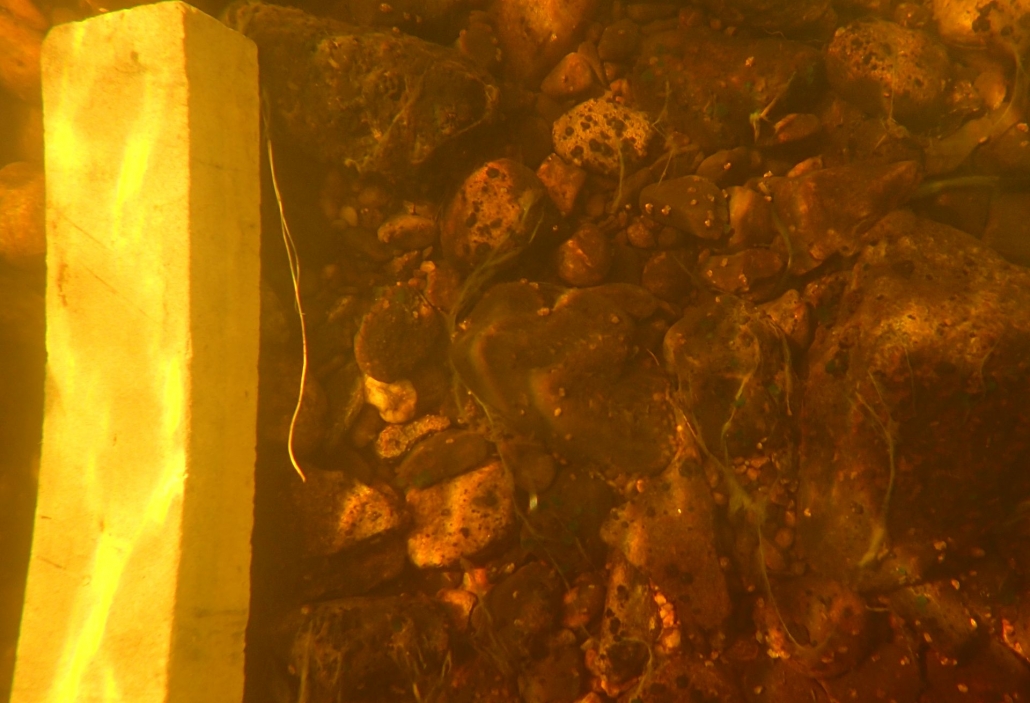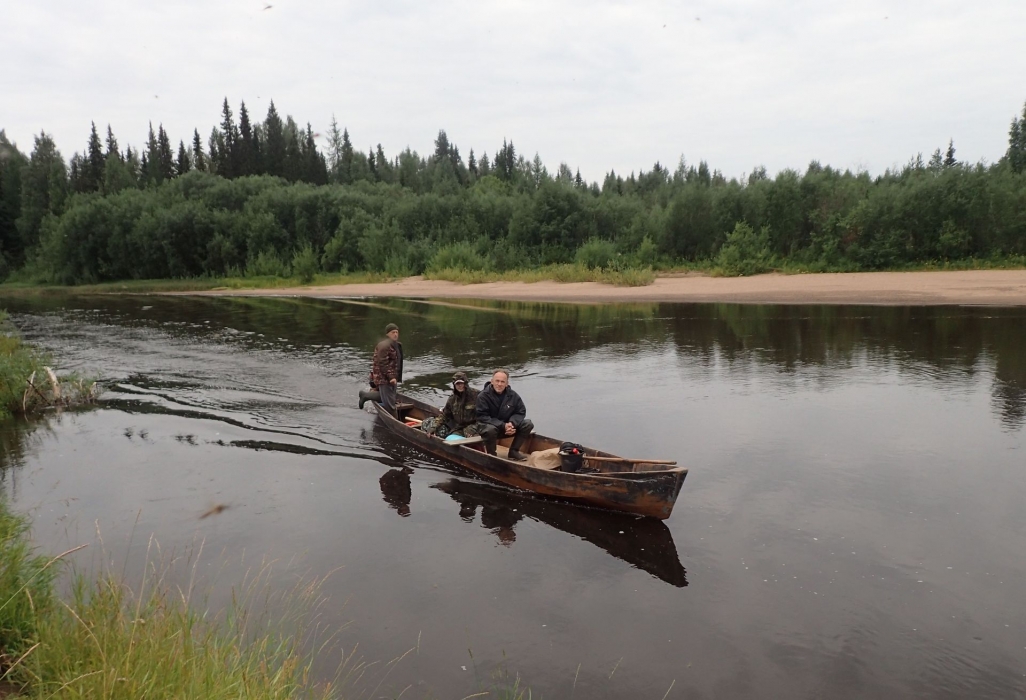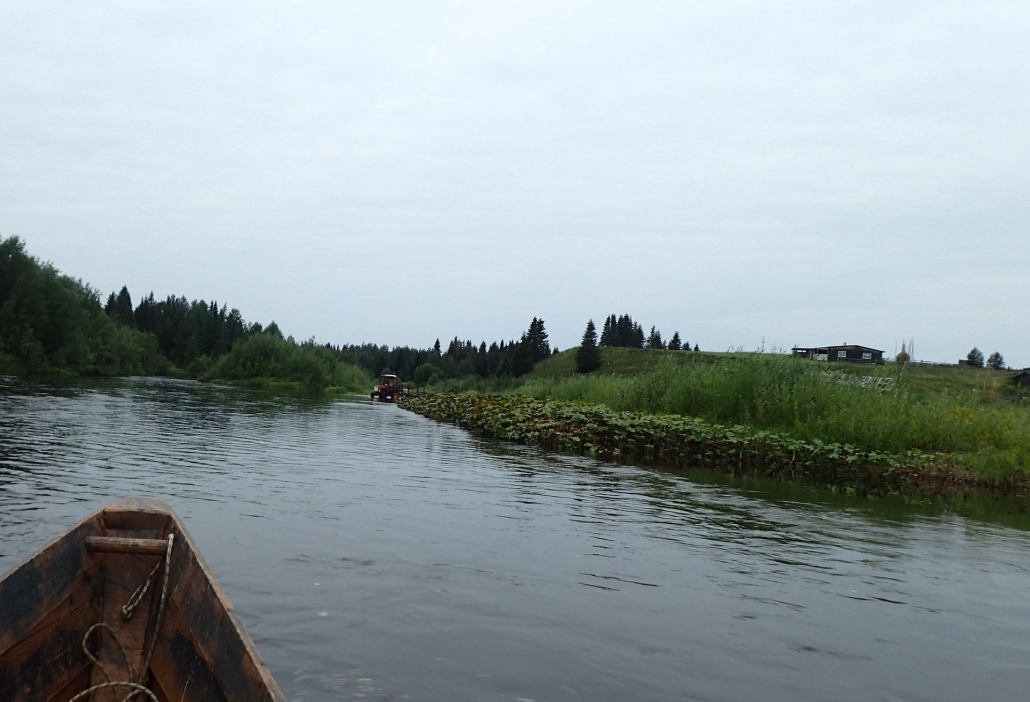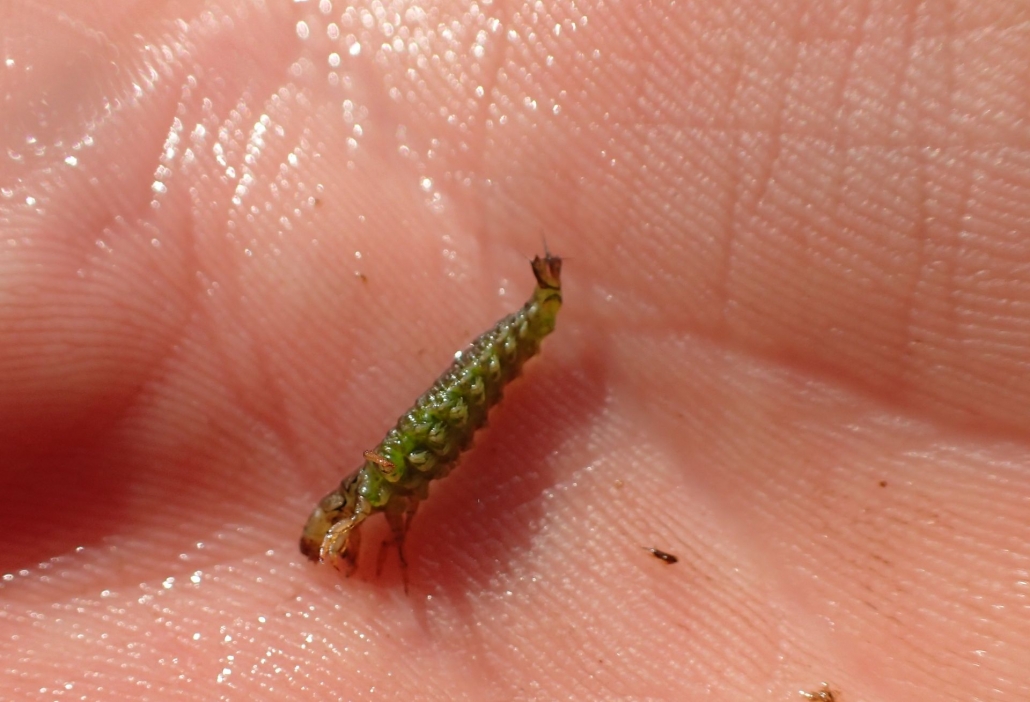Salmon spawning conditions in Pyssa River will be examined by the experts
Silver Taiga specialists arranged the regular expedition to investigate the Atlantic salmon breeding area. This time Pyssa River has been chosen for the investigation, one of the left salmon-spawning Mezen tributaries.
Conservation and regeneration of salmon population in Mezen River are possible only if the original conditions of the breeding area are being kept. Modification of the breeding ground conditions has resulted in dying out or dramatic reduction of salmon population level. The same situation is in Russia, Europe and North America. According to the examination of salmon breeding ground in Mezen River by Russian and foreign experts in 2010-2011 the most part of such grounds have preserved the natural potential or have been under a minimum influence. Therefore, the conditions in Mezen River headwaters are not a limiting factor for the population growth.
If we manage to set up an interregional program of Mezen salmon population conservation and regeneration (between Arkhangelsk and Komi regions), it will be necessary to cover all points of the breeding ground rehabilitation. We have chosen the rivers for testing where we together with our partners monitor the annual salmon spawning. Here we know the places of salmon redds.

Such photos help to estimate the spawning gravels quality – ground with the help of special techniques
In 2017 Silver Taiga representatives in cooperation with ichthyologists and hydrobiologists investigated in details the conditions of salmon spawning and young fish first years of living in the river on Puzla River – Mezen River tributary. According to the investigation results of the most important chemical water indicators, fraction composition of the ground and young salmon food elements the given river has preserved the natural potential and belongs to the watercourse with a high degree of fisheries sensitivity.
The Foundation carried out a regular expedition on August, 16-20 on Pyssa River. The samples were collected in riffles where the salmon redds are registered from year to year. The young fish spend the first years of living not far from such places and eat mostly aquatic invertebrates. The collected samples of drifting, benthos, water and ground are being under investigation. The next expedition to the same places will be held in autumn aiming at collection of additional samples. Having received the information about seasonal changes of food capacity and water quality we will be able to conclude about the breeding ground potential on the given river. We tend to believe that the conditions for salmon are good enough in these places. It is also interesting to try to estimate the environmental capacity (how many young fish can live on the river stretch) taking into consideration food capacity and the number of riffles suitable for spawning.





